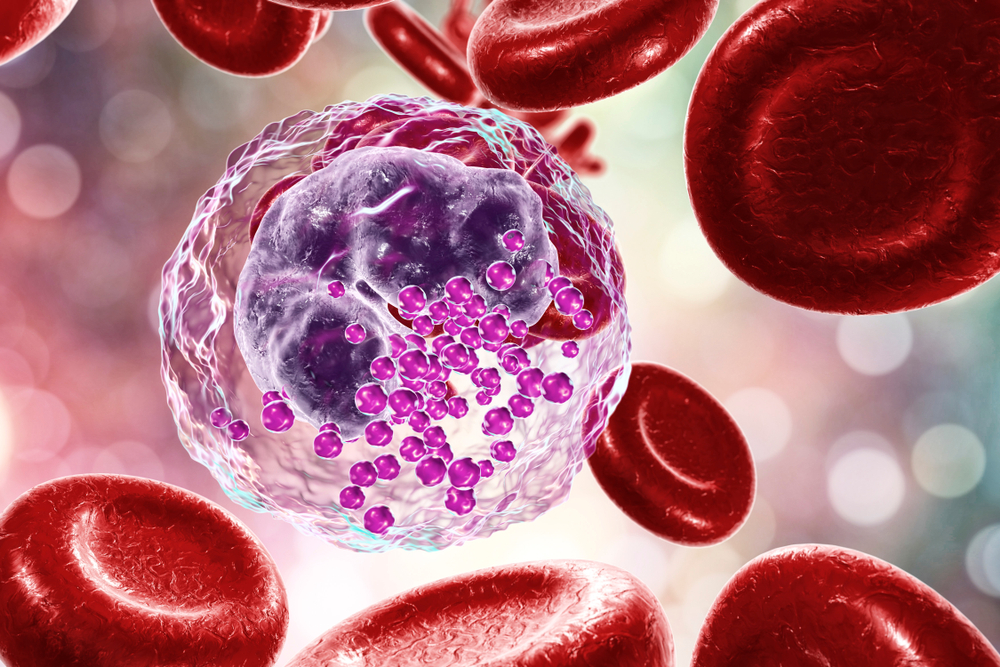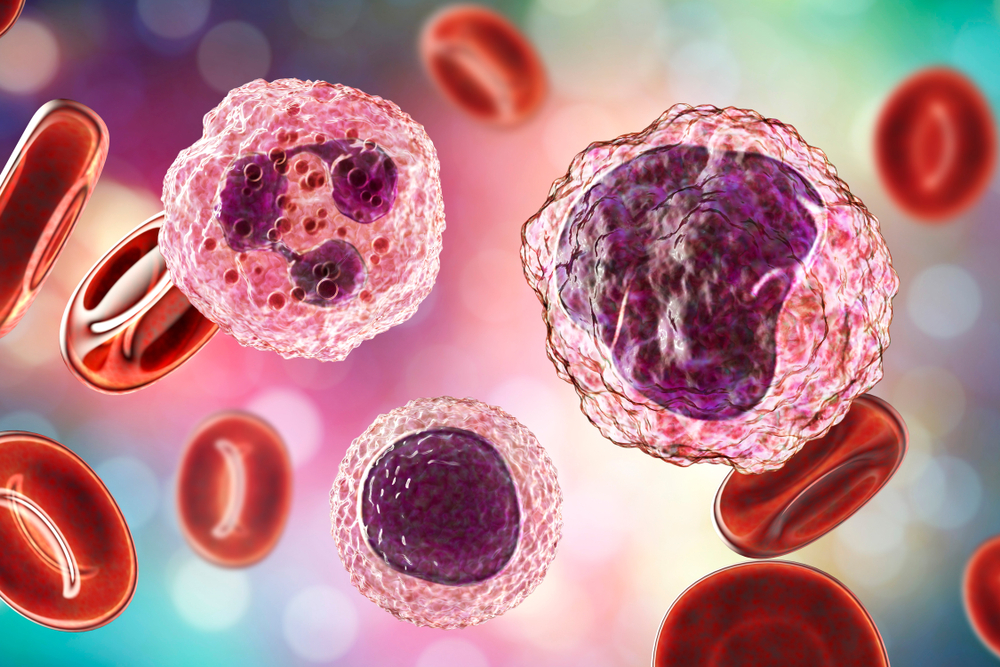This is the third blog in a new series discussing the 5 senses. This blog will focus on vision.
Vision is our sense of sight. It is a complex process that involves numerous parts of the eye and brain working together to process information from the external environment.
Vision begins with light hitting a thick, transparent sheet of fibrous tissue called the cornea, which starts to bend light. The lens bends light so it goes to the back of the eye and gets focused on a specific region of the retina called the fovea. The suspensory ligaments can adjust how much the lens bends light by changing its shape.
The retina contains photoreceptors cells called rods and cones that detect light and colour, respectively. Rods are responsible for peripheral and night vision while cons are responsible for detailed central vision. Once light hits the photoreceptor cells, they send electric signals to the brain via the optic nerve.
The brain analyzes and interprets the signals from the eyes to form images. The outer part of the brain uses the signals to perceive depth, movement, and shapes. The brain uses parallel processing to detect and focus on colour, form, and motion at the same time.
The Boom Health app allows you to manage your loved one’s home care in one app and takes the stress out of organizing care. Download the app on the App Store or Google Play Store.
This article is not intended to be a substitute for professional medical advice or diagnosis. Always seek the advice of your physician or another qualified health provider with any questions you may have regarding a medical condition.





